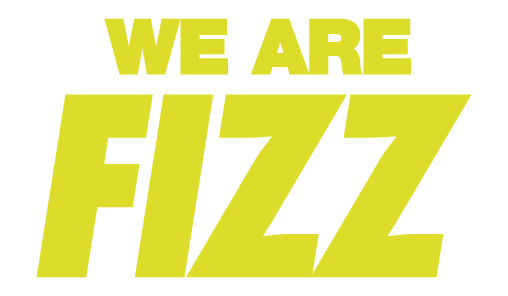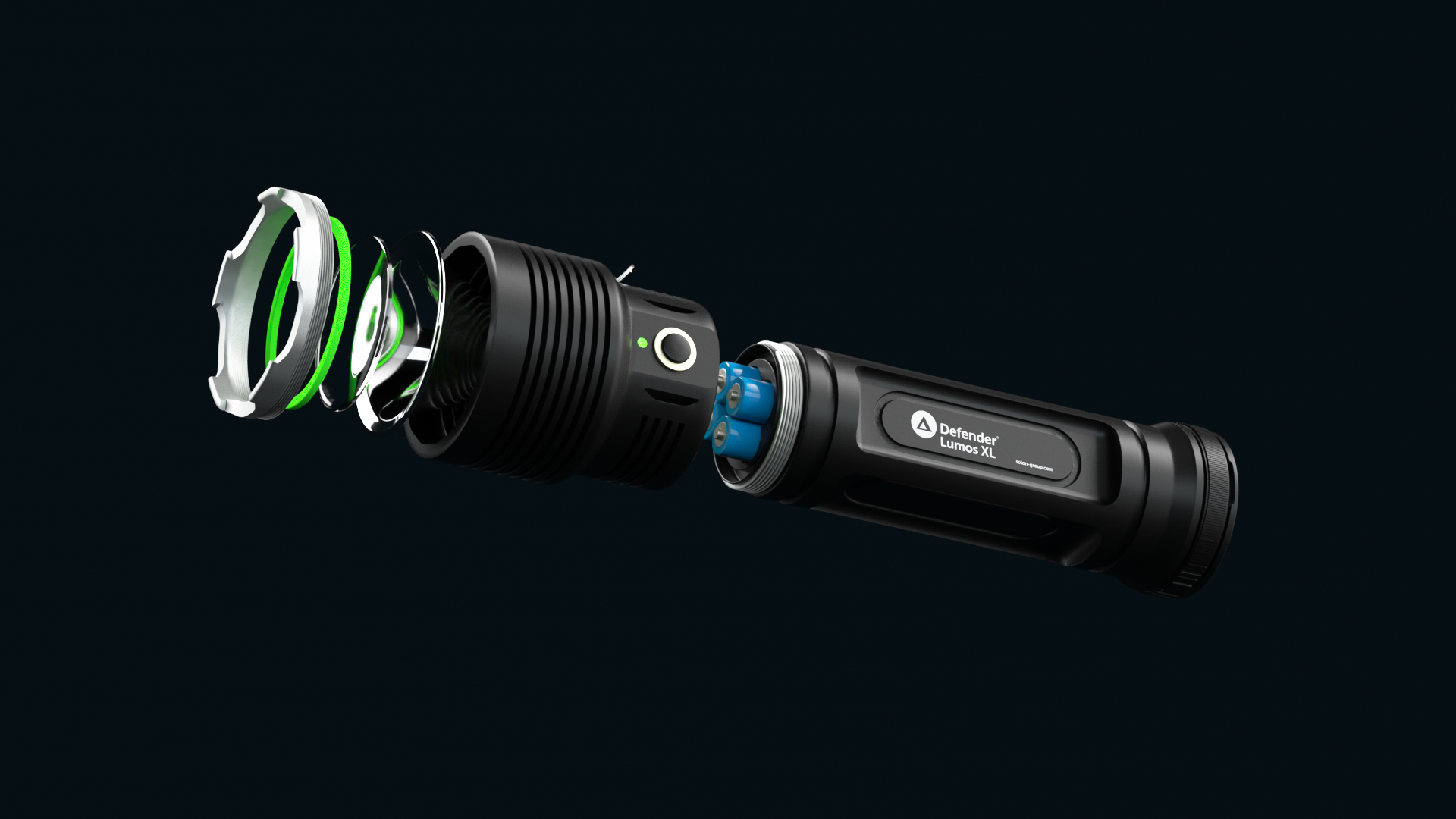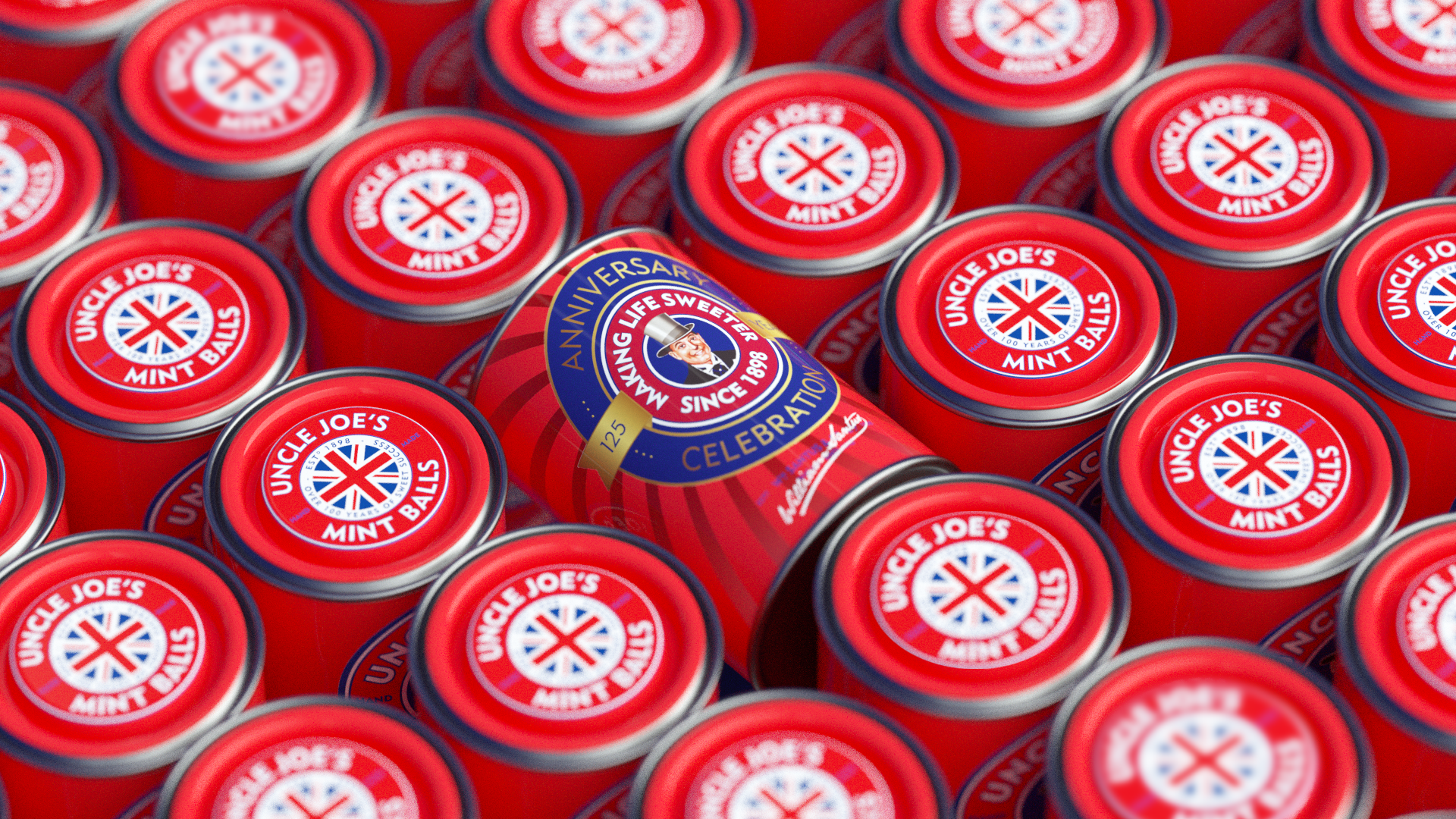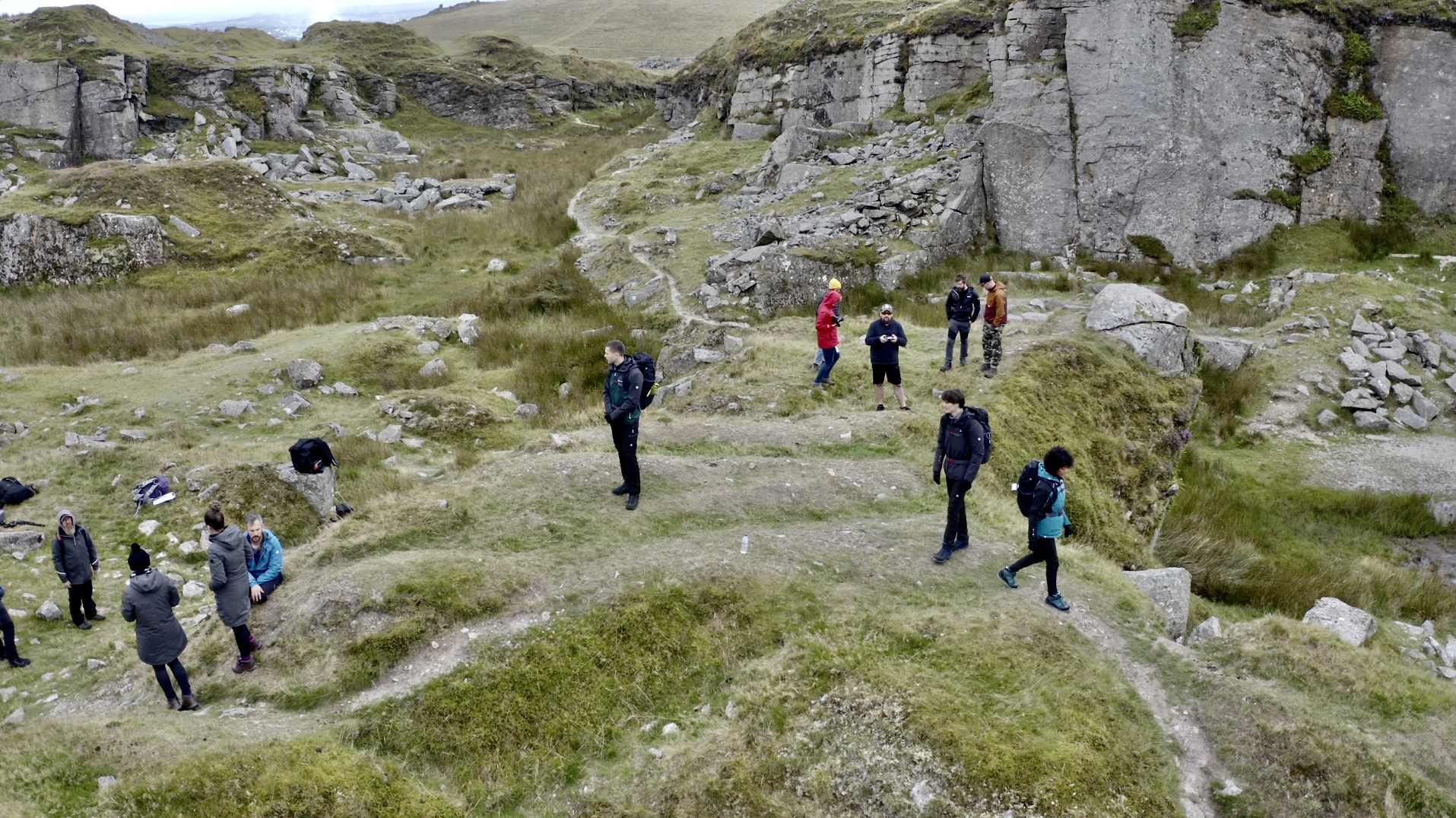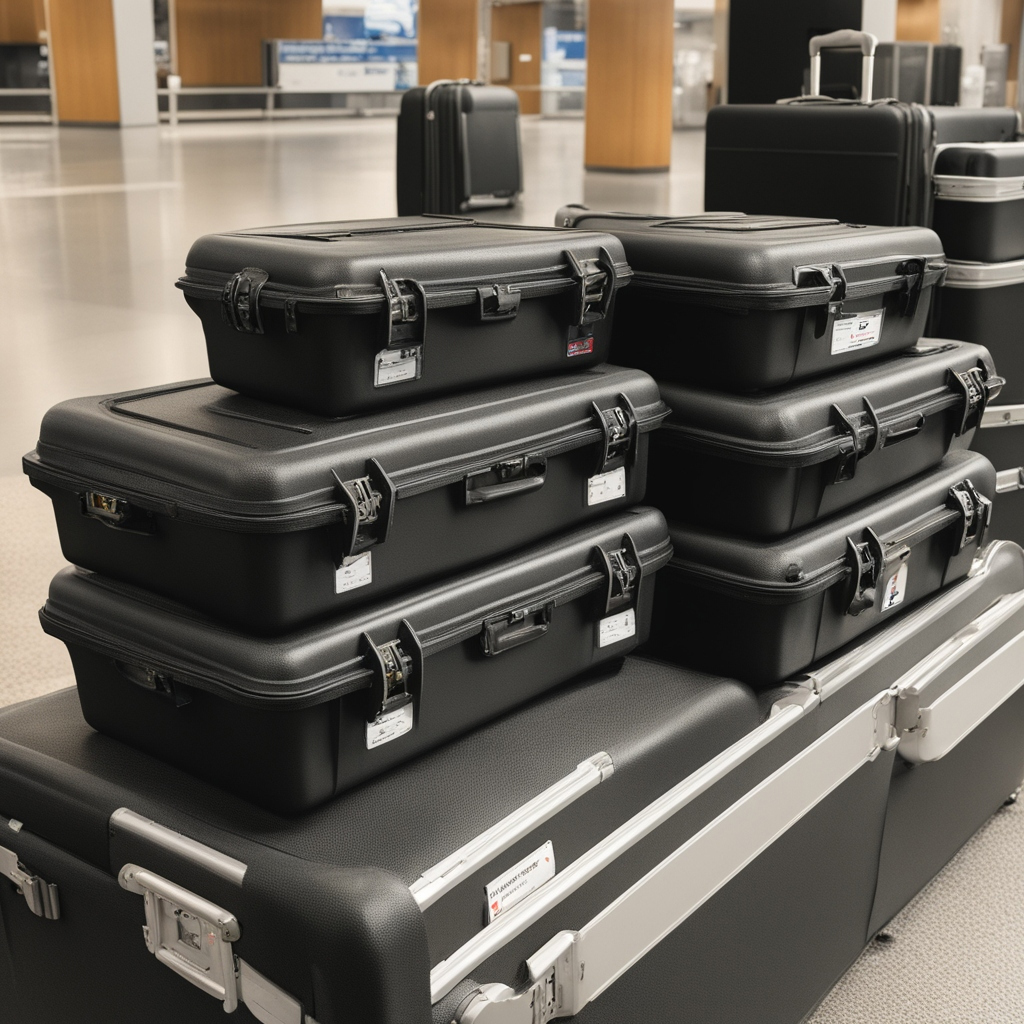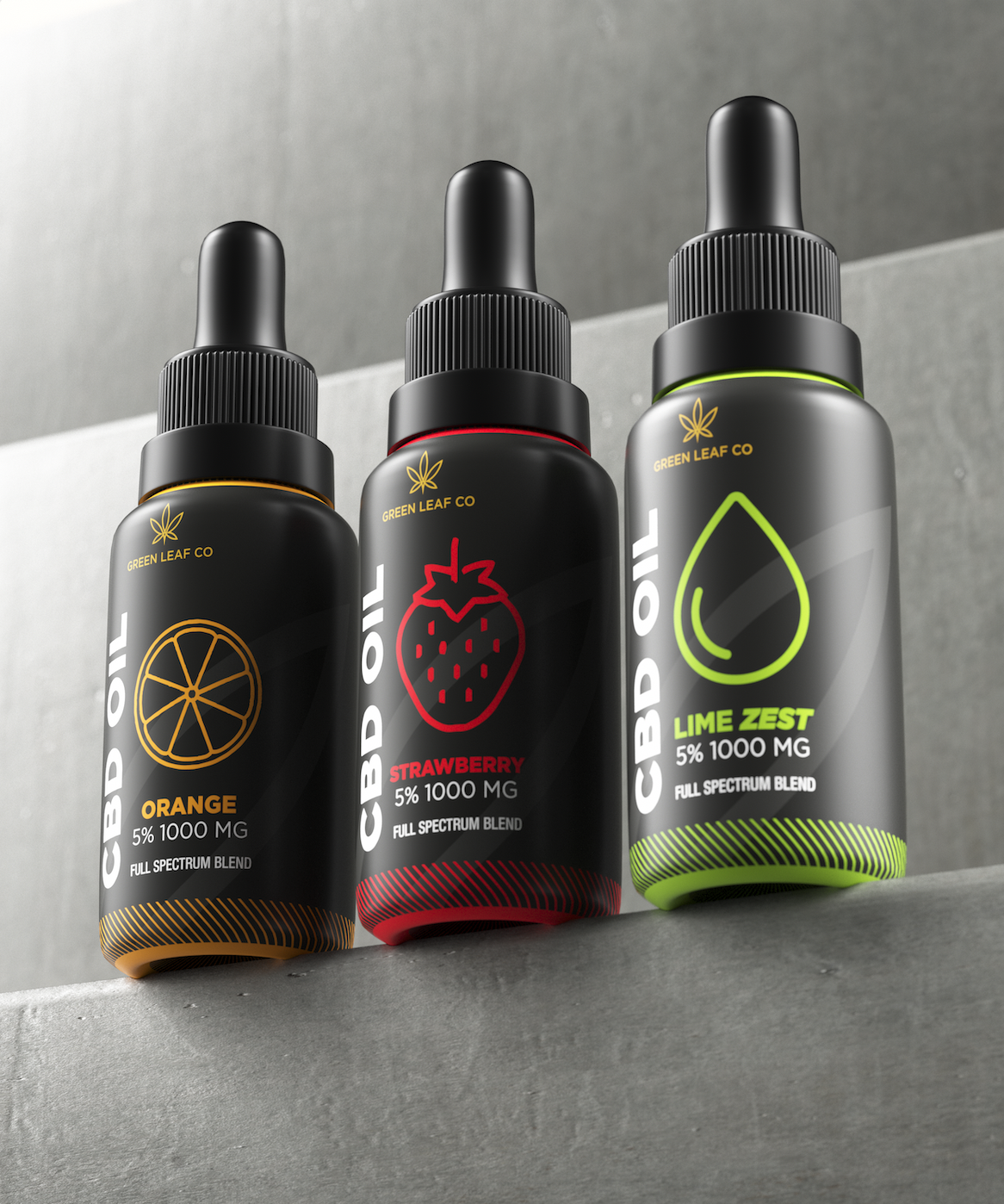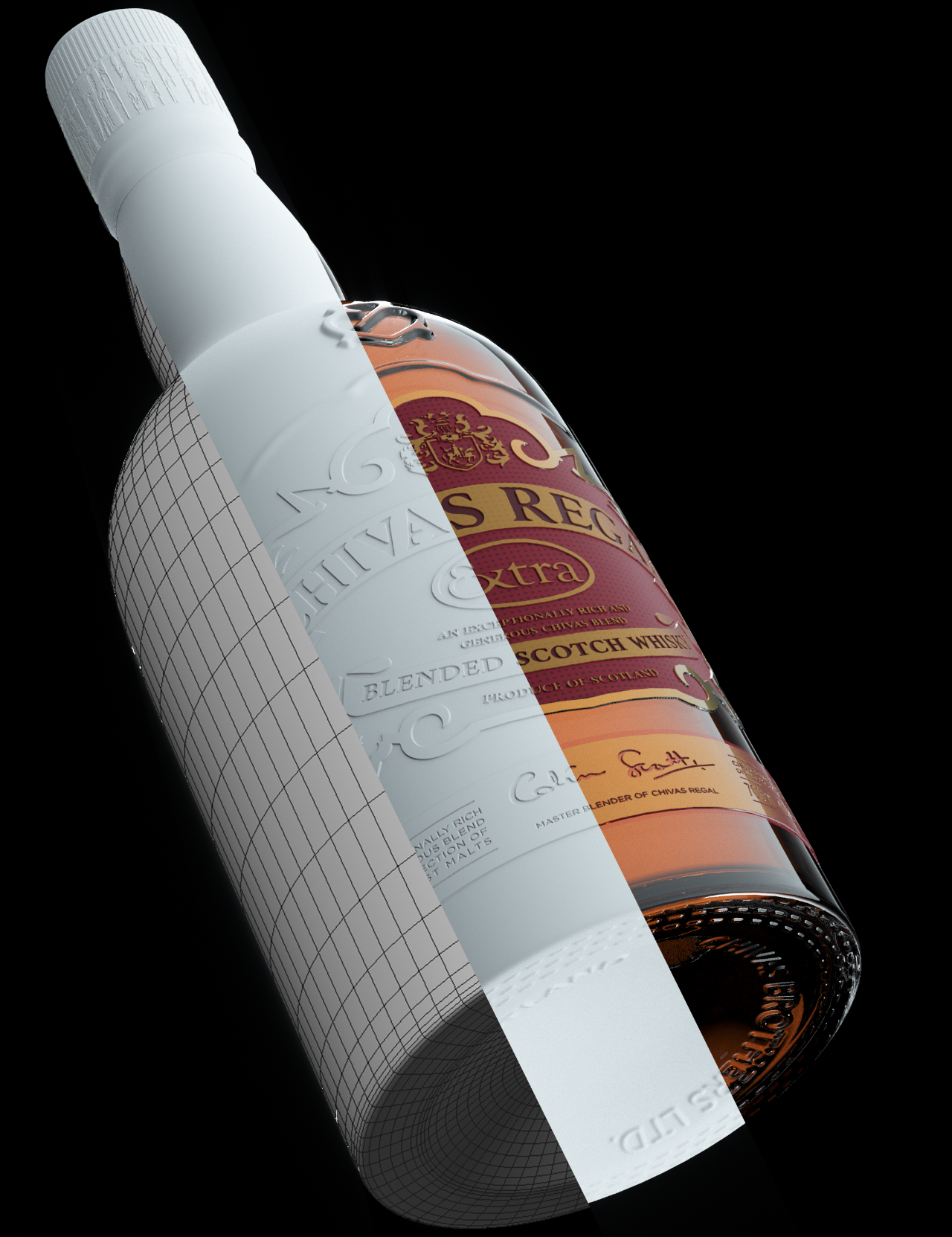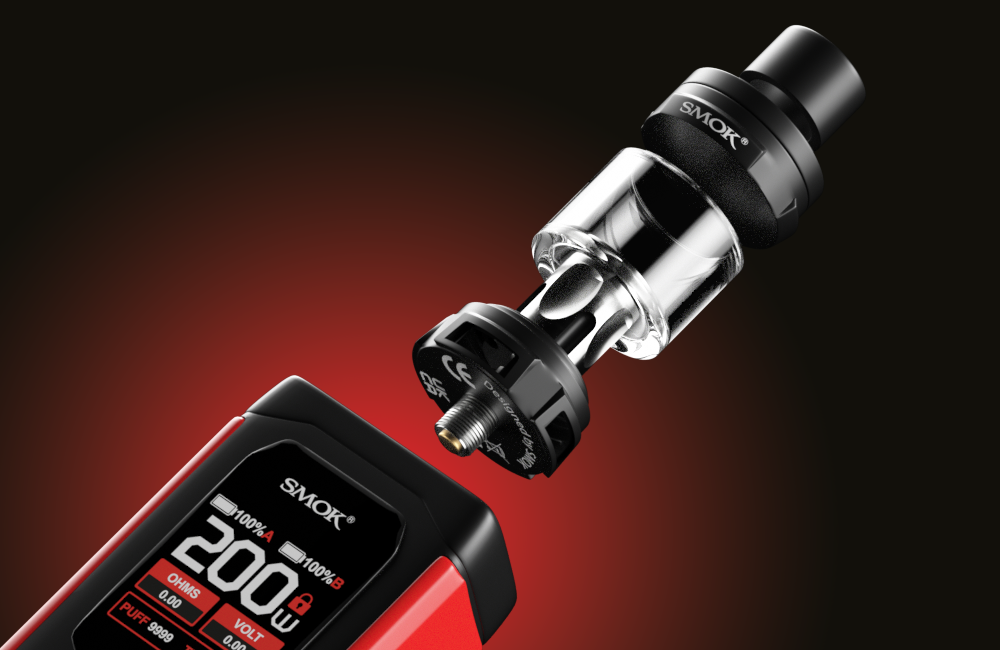Unlocking the Power of 3D: Exploded Product Views and Animations in Advertising
Why Choose 3D/CGI for Product Advertising?
1. Enhanced Storytelling
Products often have compelling stories behind their design and functionality. 3D animations make it possible to tell those stories in an engaging and dynamic way. Imagine showing how a smartwatch seamlessly integrates cutting-edge technology into its sleek casing or how the precision engineering of a coffee machine guarantees the perfect brew. With CGI, you can bring these narratives to life in ways traditional photography simply can’t.
2. Unmatched Clarity and Precision
Exploded views in CGI offer a level of clarity that’s impossible to achieve with traditional imagery. Every screw, circuit, or fabric layer can be highlighted to demonstrate craftsmanship and innovation. For technical or premium products, this transparency builds trust and positions your brand as an authority in quality.
3. Versatility Across Media
CGI content is tailor-made for multi-platform campaigns. Whether on your website, social media, or TV commercials, 3D animations can adapt to various formats without losing quality. They also offer the flexibility to update and modify visuals without the need for a full reshoot, making them a cost-effective solution over time.
4. Striking Visual Appeal
Let’s face it—exploded product views and smooth animations look cool. They captivate attention and keep viewers engaged, increasing the likelihood that your message will stick. In crowded markets, this competitive edge can make all the difference.
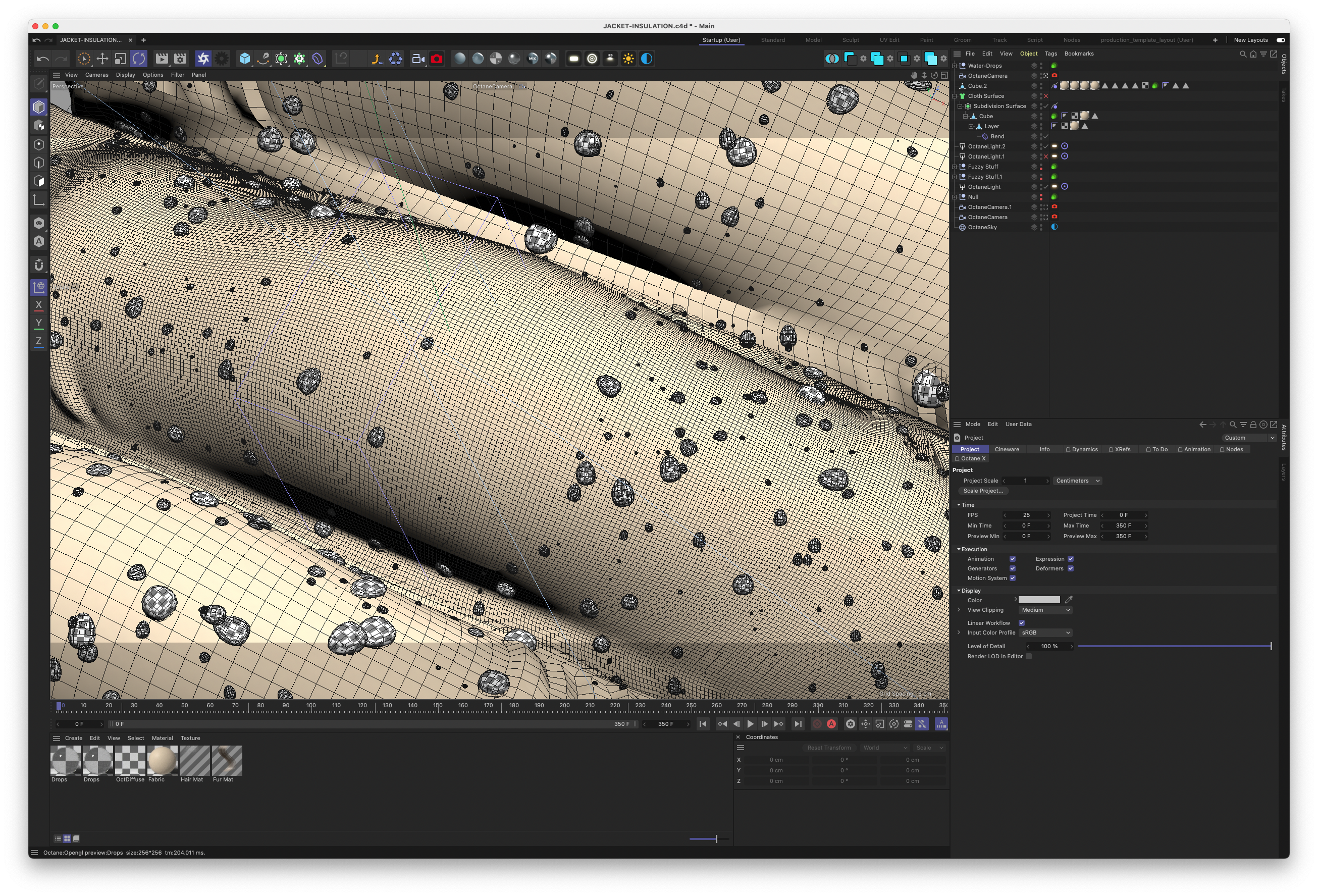
Real-World Applications
From luxury watches to advanced electronics, exploded views are versatile enough to suit virtually any industry. Whether you’re highlighting the unique layers of a mattress or the intricate workings of a high-tech gadget, these visuals offer an unparalleled way to stand out.
At We Are FIZZ, we specialise in blending creativity, CGI, and video to help brands make an impact. Whether you’re launching a new product or breathing fresh life into an existing one, our team is here to craft visuals that resonate.
Let’s Bring Your Product to Life
Ready to see how 3D/CGI can elevate your product advertising? Contact us today to discuss your project and discover what’s possible.
CGI vs Photography
CGI vs Photography: The strategic advantages of 3D Product Visualisation over traditional Photography
1. Unparalleled Flexibility and Adaptability
A pivotal advantage of 3D product visualisation lies in the unmatched flexibility it offers. In contrast to traditional product photography, which may necessitate reshoots for any product modifications, 3D models can be effortlessly updated and adapted to changes in design, colour, or features. This agility empowers businesses to respond swiftly to market trends and product enhancements, ensuring a dynamic and responsive approach to product presentation.

I’d start my day by checking email, Twitter, Facebook. Reading the “news”. I’d look at my to-do list and start working on something.
2. Iteration and Prototyping
The process of creating multiple prototypes for a product photoshoot can be both costly and time-consuming. With 3D product visualisation, designers can iterate and prototype virtually at a fraction of the cost. This efficiency not only expedites the design and development process but also fosters a higher level of creativity and experimentation, unleashing the full potential of innovative product presentation.
Having the ability to experiment with materials, finishes and graphics quickly and efficiently makes 3D visualisation a cost-effective way to develop your products.
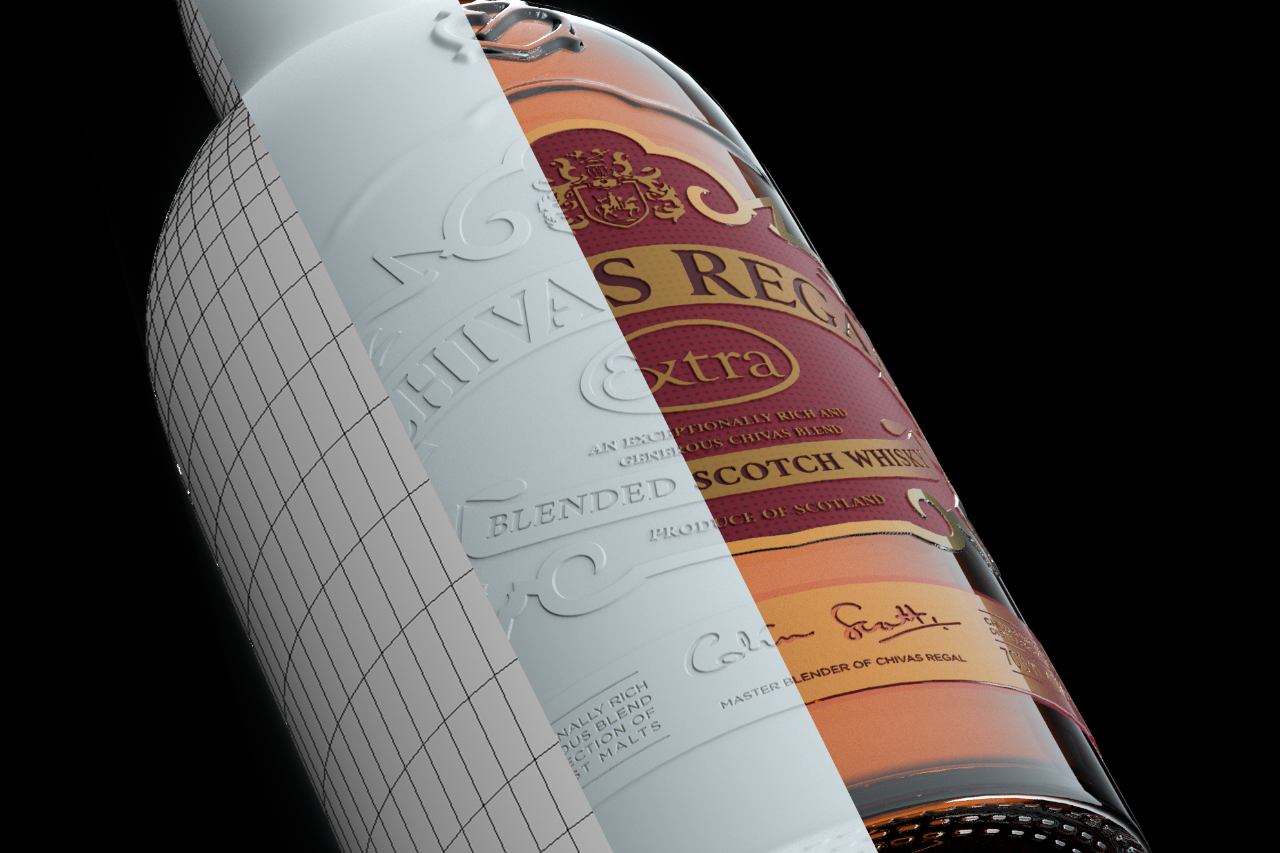
3. Customisation and Personalisation
In an era where personalisation is increasingly valued, 3D product visualisation takes centre stage. It provides the capability to create personalised and customisable product experiences for consumers. Whether showcasing different product variations, colour options, or configurations, 3D visualisation enables businesses to tailor their offerings to individual preferences, elevating the level of customer engagement and satisfaction.

4. Overcoming Physical Constraints
Computer-generated imagery (CGI) surpasses traditional product photography by overcoming physical limitations and logistical challenges associated with real-world shoots. Unlike conventional photography, which is constrained by the actual product’s physical characteristics and the complexities of capturing it in various environments, CGI allows for complete creative freedom.
With CGI, products can be depicted in any conceivable setting, from fantastical landscapes to hyper-realistic environments, without the need for transporting goods or dealing with location-specific obstacles such as lighting and weather conditions. This flexibility not only streamlines production schedules but also enables the creation of visually compelling, perfectly tailored scenes that would be impossible or prohibitively expensive to achieve with traditional photography. Furthermore, CGI ensures consistency in visual quality and style across all marketing materials, enhancing brand coherence and appeal.
Location shoots require meticulous planning and preparation, usually months in advance of the big day. As well as the logistical constraints of getting crew and equipment to site, there are many other factors to consider such as permissions, permits, risk assessments, weather, access to amenities etc.
5. Enhanced control over quality
CGI provides enhanced control over the final image quality. In traditional photography, achieving the perfect shot can be influenced by numerous uncontrollable factors such as lighting, shadows, and reflections. CGI, on the other hand, allows for meticulous control over every aspect of the image. Artists can adjust lighting, angles, and textures to perfection, ensuring that each detail is rendered exactly as intended. This level of precision guarantees that the final images meet the highest standards of quality, which is critical for creating a polished and professional brand image.
Image quality is crucial in product advertising and can be the pivotal factor that determines the success of any product marketing efforts. By using CGI, you are able to control every aspect of the image creation which results in beautifully lit and balanced product imagery.
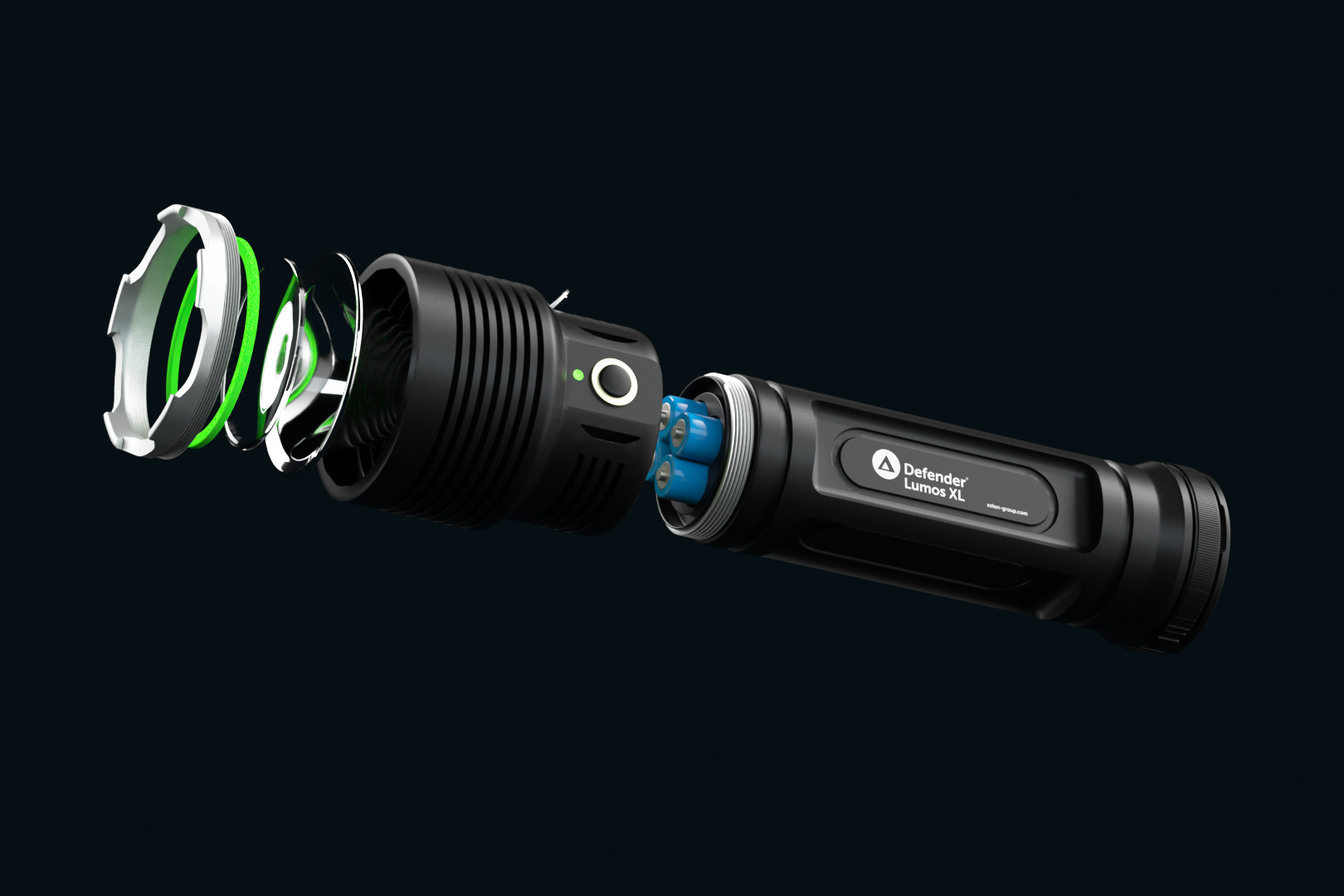
6. Immersive Customer Experiences
Modern consumers crave immersive experiences, and 3D product visualisation delivers precisely that. By creating interactive and dynamic 3D models, businesses can engage customers in ways that static images cannot. Virtual product tours, interactive configurators, and augmented reality applications provide a level of engagement that surpasses the capabilities of traditional photography, creating memorable brand interactions.

7. Cost Effective
CGI can be more cost-effective in the long run. While the initial investment in CGI technology and expertise may be higher, it eliminates the ongoing costs associated with physical shoots, such as renting locations, hiring photographers, transporting products, and setting up shoots. Additionally, CGI assets can be reused and repurposed across various platforms and campaigns, maximizing the return on investment and reducing the need for repeated expenditures. This makes CGI a more sustainable and economically viable option for businesses aiming to maintain a dynamic and flexible marketing strategy.
8. Future-Proofing for Technological Advances
As technology continues its relentless advance, 3D product visualisation stands ready to evolve with it. By embracing this technology now, businesses position themselves to adapt seamlessly to future innovations, ensuring they remain at the forefront of visual presentation methods and maintain a competitive edge in the ever-evolving marketplace.
In conclusion, the advantages of 3D product visualisation extend far beyond aesthetic appeal. The strategic shift from traditional product photography to 3D visualisation represents an investment in agility, creativity, and enhanced customer engagement—a proactive move that not only meets the demands of the present but also future-proofs businesses in the dynamic landscape of an ever-evolving market.
In conclusion, the advantages of 3D product visualisation extend far beyond aesthetic appeal. The strategic shift from traditional product photography to 3D visualisation represents an investment in agility, creativity, and enhanced customer engagement—a proactive move that not only meets the demands of the present but also future-proofs businesses in the dynamic landscape of an ever-evolving market.
Maximising value with 3D visualisation
One 3D model, multiple uses
In the dynamic landscape of modern business, visual content has become a cornerstone of effective communication. The advent of 3D modelling technology has revolutionised the way companies showcase their products, offering a versatile and cost-effective solution. In this article, we explore the concept of using a single 3D model across various customer touch points, illustrating how this approach not only ensures brand consistency but also demonstrates the added value of 3D assets when it comes to product marketing.
- Creating Brand Consistency:
One of the challenges faced by businesses is maintaining a consistent brand image across diverse platforms. Traditional photography often involves separate shoots for different purposes, leading to potential discrepancies in visual representation. With a single 3D model, companies can establish and maintain brand consistency effortlessly. The model serves as a visual anchor, ensuring that the product looks the same across product catalogues, campaign hero images, advertising materials, and more.
- Economies of Scale:
Producing unique visual content for each customer touch point can be resource-intensive and costly. The beauty of using a single 3D model lies in the economies of scale it provides. Once the initial model is created, it can be reused across various applications without the need for additional photoshoots. This not only saves time but also significantly reduces production costs, allowing businesses to allocate resources more efficiently.
- Product Catalogue Photos:
In the realm of product catalogues, showcasing a diverse range of products can be a logistical challenge. With 3D modeling, a single model can be adapted to represent various products or product variations. This not only streamlines the production process but also ensures that products are consistently presented, contributing to a cohesive and professional catalog.
- Campaign Hero Images:
Capturing the essence of a marketing campaign often requires unique and compelling visuals. Rather than investing in separate photoshoots for each campaign, a 3D model can be repurposed to fit different themes and narratives. This flexibility allows marketing teams to adapt quickly to changing trends and consumer preferences.
- Advertising Images:
The adaptability of 3D models extends to advertising materials. Whether it’s print advertisements, digital banners, or social media promotions, a single 3D model can be used to create visually striking and cohesive advertising campaigns. This approach not only saves costs but also strengthens the brand’s visual identity.
- Website and E-commerce Images:
For online platforms, consistency in product visuals is crucial for building trust and engagement. By using a single 3D model, companies can maintain a standardised visual representation across their website and e-commerce channels. This contributes to a seamless and enjoyable online shopping experience for customers.
- 360º Images, AR, and VR Content:
The versatility of 3D models extends to immersive technologies such as 360º images, augmented reality (AR), and virtual reality (VR). A single 3D model can be adapted to create interactive and engaging experiences, providing customers with a comprehensive view of the product. This not only enhances user engagement but also positions the brand as forward-thinking and technologically savvy.
Conclusion:
In the era of visual-centric communication, leveraging the power of a single 3D model across various customer touch points is a strategic move that enhances brand consistency and maximises cost-efficiency. From product catalogues to immersive technologies, the ability to produce once and reuse forever offers businesses a competitive edge. As the digital landscape continues to evolve, embracing the scalability and adaptability of 3D models is a forward-looking approach that aligns with the demands of the contemporary consumer market.
Unlocking Cost Efficiency
Unlocking Cost Efficiency
In today's fast-paced and highly competitive business landscape, staying ahead of the curve is crucial for success. The shift from traditional photography to digital 3D product visualisation is a prime example of how businesses are embracing innovation to enhance their operations. This transition not only brings about aesthetic improvements but also offers a multitude of cost benefits. In this article, we will delve into the major cost advantages that companies can gain by adopting digital 3D product visualisation over traditional photography.
- Reduced Production Costs:
Traditional product photography involves setting up elaborate sets, hiring photographers, and arranging for various props and lighting equipment. This process can be time-consuming and expensive. On the other hand, digital 3D product visualisation eliminates the need for physical setups, reducing production costs significantly. Once the digital model is created, it can be reused and modified as needed, offering a cost-effective solution for showcasing multiple products across different platforms.
- Faster Time-to-Market:
In the competitive business environment, time is of the essence. Traditional photography often involves lengthy pre-production, shooting, and post-production phases. With digital 3D product visualisation, the entire process can be streamlined, leading to a faster time-to-market. Changes and updates to product visuals can be made swiftly, allowing companies to respond quickly to market trends and consumer preferences.
- Flexibility and Iteration:
One of the key advantages of digital 3D product visualisation is the flexibility it provides. Once a digital model is created, it can be easily modified and adapted to different marketing materials, such as websites, social media, and print materials. This adaptability eliminates the need for reshooting products for every new campaign or product iteration, resulting in substantial cost savings over time.
- Reduced Logistics Costs:
In traditional photography, especially for large or bulky products, transportation of products to and from the photography studio can be a logistical challenge. Digital 3D product visualisation eliminates the need for physical products to be present, reducing transportation costs and potential damages during transit. This is particularly beneficial for companies with extensive product lines or those operating in multiple locations.
- Global Collaboration and Remote Work:
In the digital age, many businesses operate on a global scale, and collaboration often involves team members working from different locations. Digital 3D product visualisation allows for seamless collaboration, as the digital assets can be easily shared and accessed remotely. This not only enhances teamwork but also reduces costs associated with travel and accommodation for on-site photography sessions.
- Customisation Without Additional Costs:
Traditional photography often requires additional shoots for product variations or customisation, leading to extra expenses. In contrast, digital 3D product visualisation allows for easy customisation without incurring additional costs. This is particularly beneficial for companies offering a wide range of customisable products, as it enables them to showcase diverse options without the need for extensive photo shoots.
Conclusion:
The transition from traditional photography to digital 3D product visualisation is a strategic move that not only enhances the visual appeal of products but also offers substantial cost benefits. The reduced production costs, faster time-to-market, flexibility, and global collaboration capabilities make this transition a wise investment for businesses looking to optimise their operations in the digital era. As technology continues to advance, embracing innovations like digital 3D product visualisation will be pivotal for companies aiming to thrive in an ever-evolving market.
